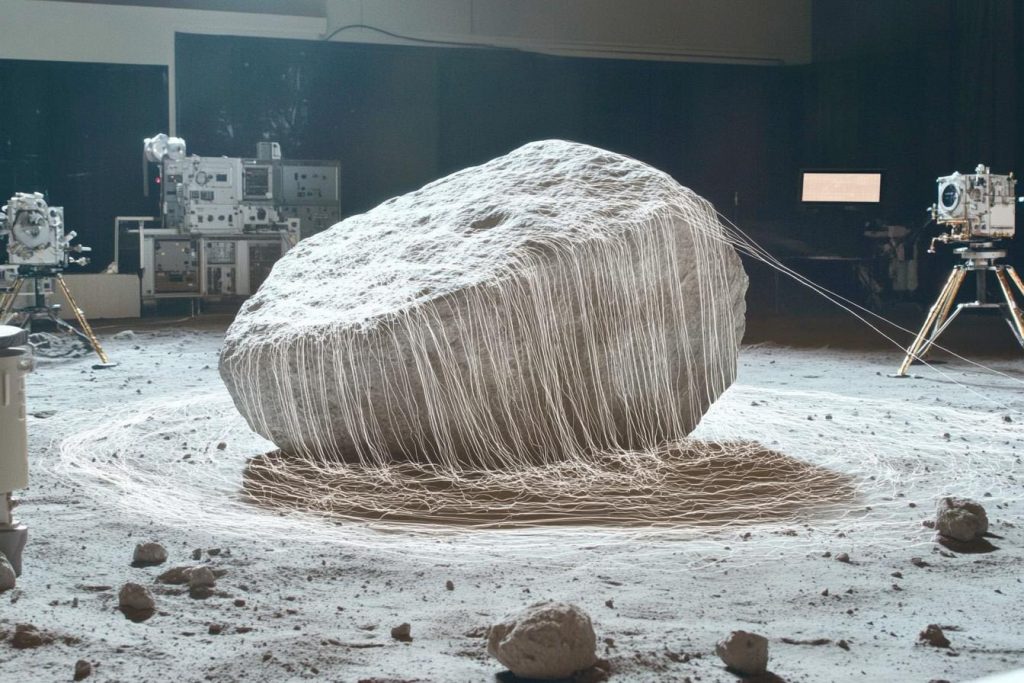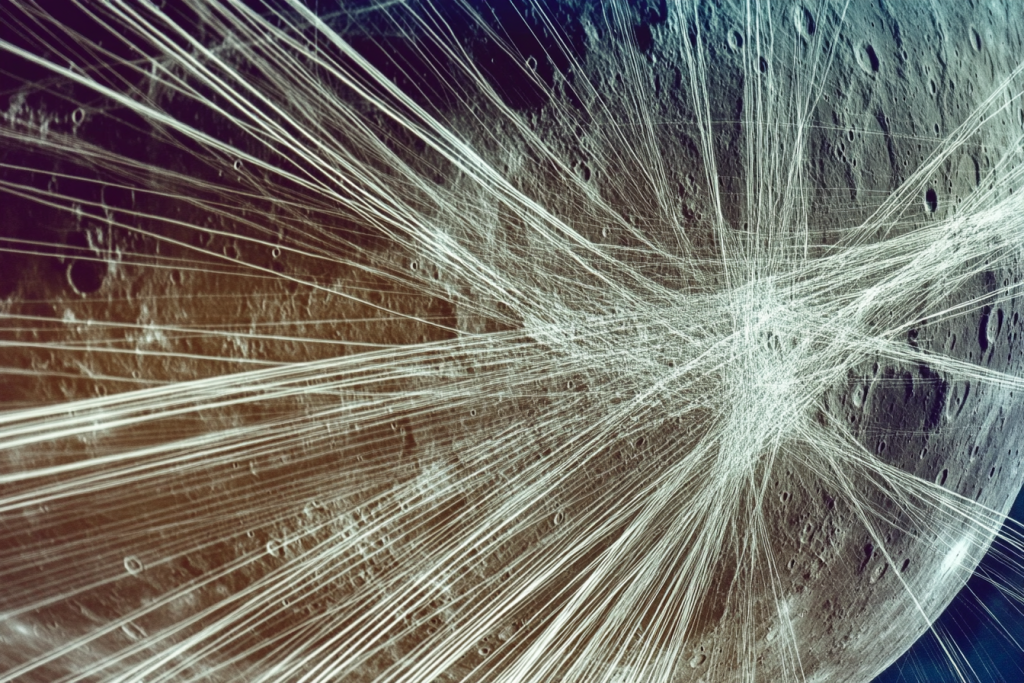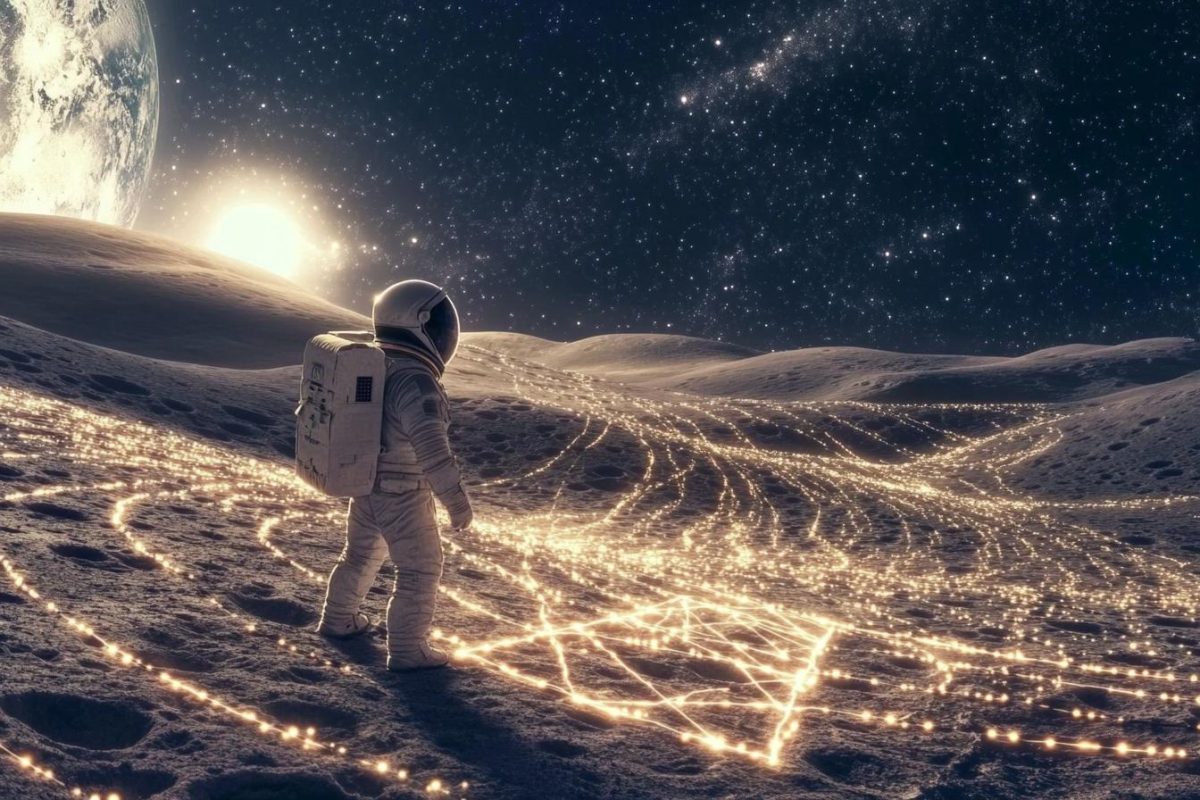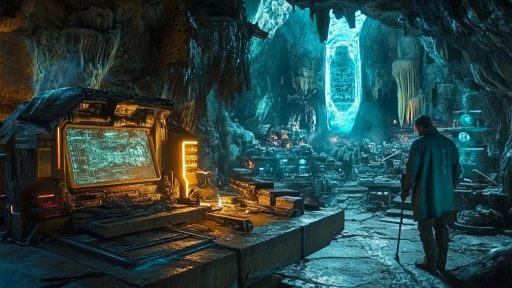
For centuries, Earth’s nearest celestial neighbor has remained a source of fascination, speculation, and unanswered questions. The Moon, though studied extensively, continues to challenge astronomers with perplexing anomalies and strange phenomena that science hasn’t yet unraveled. From unexplained lights to unnatural structures, its surface tells a story that seems far more complex than we once believed. As we prepare to return to the Moon, the mysteries it holds may finally come into sharper focus—or deepen even further.
The Moon’s Magnetic Puzzle

Unlike Earth, the Moon doesn’t currently have a global magnetic field—but ancient lunar rocks suggest it once did. How this magnetism existed without a molten core remains a baffling question for scientists. Some believe it points to past internal dynamism, while others suggest an external source of magnetism may have influenced the lunar surface. Whatever the cause, the Moon’s magnetic history refuses to fit into the models we know.
The Blinking Lights of the Lunar Surface

For decades, astronomers have reported seeing Transient Lunar Phenomena—brief, unexplained flashes and glows across the Moon’s face. These strange lights have been documented by both amateur and professional observers, yet no one has definitively identified their cause. Are they the result of meteorite impacts, gas releases, or something more elusive? The Moon’s subtle flickers continue to spark debate and curiosity.
The Perfect Circular Craters

The Moon’s surface is littered with craters, but many are shockingly circular—even when impacts occur at odd angles. This level of symmetry is unusual and has prompted speculation about hidden factors beneath the surface that influence impact patterns. Could there be unknown geological features—or is there a more exotic explanation? The precision of these craters raises more questions than answers.
Unexplained Mass Anomalies Beneath the Surface

Gravitational mapping has revealed strange “mascons”—mass concentrations—lurking beneath the Moon’s crust. These anomalies are denser than the surrounding rock and distort the Moon’s gravitational field. Some scientists link them to ancient asteroid impacts, while others suggest more mysterious origins. These buried secrets continue to challenge our understanding of lunar geology.
The Lunar Swirls That Defy Physics

Lunar swirls are bright, swirling patterns on the Moon’s surface that appear to be painted across the terrain with no relation to topography. What’s stranger is their link to localized magnetic fields, despite the Moon lacking a global one. How these formations came to be, and why they’re so visually distinct, remains a scientific riddle. The Moon may be trying to tell a story we’re not yet ready to hear.
The Towering Shadows of the Aristarchus Crater

One of the Moon’s most studied regions, Aristarchus Crater, has long been associated with strange shadows and light anomalies. Some images seem to show unnatural shapes or even towering structures within its depths. While official explanations cite natural rock formations, the peculiar lighting and geometry keep the conspiracy theories alive. The crater has earned a reputation as one of the Moon’s strangest landmarks.
Mysterious Hollow Moon Theory

A seismic experiment during the Apollo missions suggested that the Moon “rang like a bell” after being struck, leading to the bizarre idea that it might be hollow. While mainstream scientists propose that this is due to its unique composition, some continue to speculate about artificial construction. Could the Moon be something far more complex—or even manufactured? This theory remains fringe, but it refuses to disappear.
Strange Geometric Structures Spotted by Probes

High-resolution images from lunar orbiters have occasionally revealed formations that look surprisingly geometric—lines, rectangles, and formations that seem too ordered for natural origin. Most are chalked up to pareidolia, the brain’s tendency to see patterns where none exist. But a few anomalies remain stubbornly unexplained, inviting wild theories ranging from ancient civilizations to alien outposts. Are we simply seeing what we want to see—or ignoring what’s right in front of us?
The Moon’s Mysterious Origin

The leading theory is that the Moon formed from the debris of a massive impact between Earth and a Mars-sized body—but the math doesn’t fully add up. Lunar rocks are nearly identical to Earth’s crust, yet the Moon has no core like ours. Other theories range from multiple impacts to a captured rogue planet. After all this time, we still can’t say with certainty where the Moon truly came from.
Anomalous Heat Spots in the Lunar Soil

Despite its cold, airless environment, thermal scans have shown localized heat anomalies on the Moon’s surface. These warm patches don’t always correlate with sunlight exposure or known geological activity. Could something beneath the surface be generating heat—or are we missing an entirely new process? These subtle signals add to the growing list of lunar oddities.
Disappearing Moon Dust Mysteries

Lunar dust is notorious for being clingy and abrasive, yet it seems to vanish in places it should accumulate. Astronauts reported dust behaving strangely, even appearing suspended in the air without any atmosphere to hold it. Could electrostatic forces or unknown lunar conditions be to blame? The Moon’s dust doesn’t play by the rules—and neither does the Moon itself.
The Moon Never Lets Us See Its Far Side

The Moon is tidally locked, always showing Earth the same face—a fact we’ve come to accept, yet rarely question. What makes this celestial synchronization so perfect, and why is the far side so vastly different in composition and appearance? It’s almost as if the Moon is deliberately hiding something. This cosmic coincidence might not be a coincidence at all.
The Hidden Caverns of the Moon

Recent data from lunar orbiters suggest the existence of vast underground lava tubes beneath the Moon’s surface—some large enough to hold entire cities. These mysterious caverns have sparked wild theories, from secret alien bases to future human colonies. Despite advanced imaging, their true structure and depth remain unknown. What lies beneath the lunar surface may be more enigmatic than anything we’ve found on top.
The Silent Watcher Overhead

The Moon has gazed down upon Earth since time immemorial, but what lies behind its familiar face may be far stranger than we imagine. With each new mission and scan, we uncover pieces of a puzzle that refuses to fit together neatly. Science may explain some mysteries, but others deepen with every answer we find. As our gaze returns skyward, one thing is clear—the Moon is still keeping its secrets.





